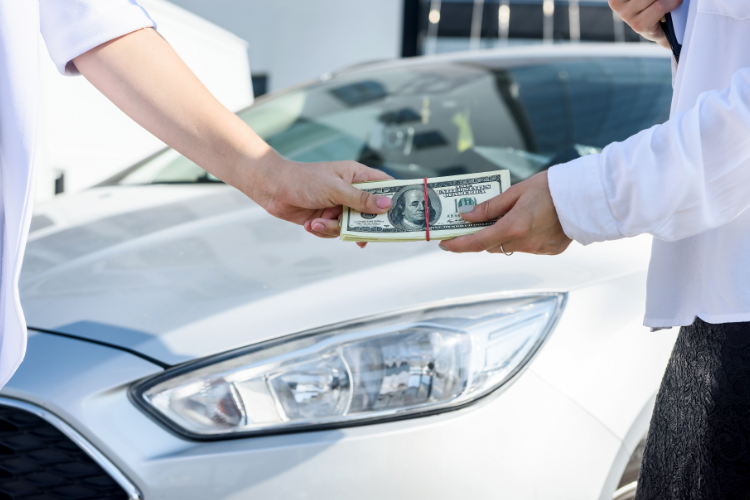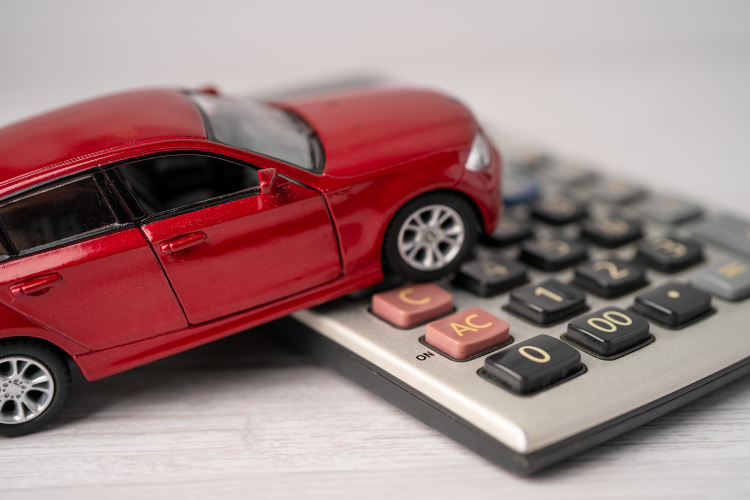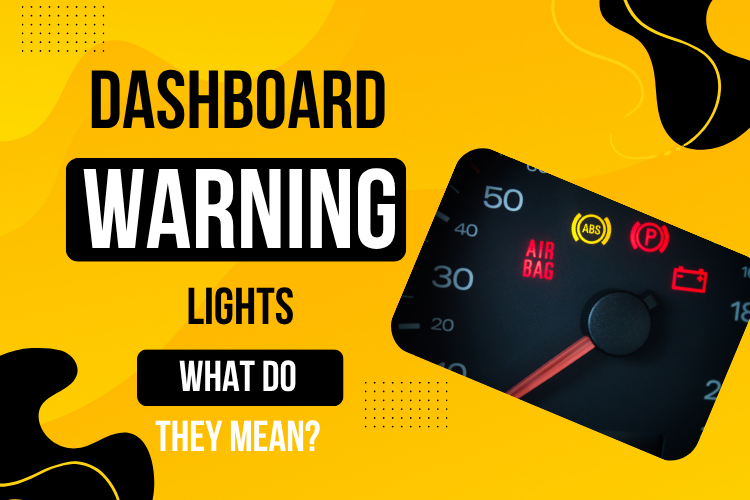Thinking about selling your car this year? You’re in the right place. In May 2024, over 1.4 million new vehicles were sold in the U.S., a 5% increase from May 2023 and a 29% rise from May 2022’s 1.1 million. As more drivers upgrade to newer models, the used car market stays strong. This creates an excellent opportunity for sellers looking for the best return.
Selling your car might seem like a big project. We are here to facilitate. With the right preparation, research, and timing, you can easily manage selling your car. In this guide, we’ll walk you through every step of how to sell a car. Starting from gathering paperwork and setting your price to advertising, we will walk you through negotiating and completing the sale. Also, we will be giving some practical tips to help you increase your car’s value and stay safe throughout the process.
Key Takeaways
- Gather all necessary documents like your title, maintenance records, and bill of sale before listing your car.
- Explore multiple selling options, including trade-in, private sale, or online marketplaces, to find the best fit.
- Use trusted tools like Kelley Blue Book pricing to determine fair market value.
- Always meet buyers in a safe environment, verify payments, and make sure you properly transfer the vehicle title.
In This Guide:
- Collect Paperwork
- Choose Where to Sell Your Car
- Prepare Your Car for Selling
- Determine Sale Price
- Advertise Your Car
- Stay Safe During the Transaction
- Presale Inspections
- How to Negotiate Price
- Transfer of Ownership
- Bottom Line
- Selling a Car FAQ
Collect Paperwork
Gathering paperwork is crucial to selling your car. Before anything else, have your documents ready. Being prepared streamlines the process and builds buyer confidence.
Here’s what you’ll need:
- Vehicle Title: Proof of ownership. This is the most critical document.
- Bill of Sale: Outlines transaction details, including price and date.
- Maintenance Records: Proper documentation of maintenance documents helps show your car has been well cared for.
- Vehicle History Report: Buyers may request a Carfax or AutoCheck report to verify accident history, so have it available.
- Release of Liability: This document protects you from future legal responsibility after the sale.
Pro tip: If you’re still making payments, contact your lender to confirm payoff details before listing the car.
Choose Where to Sell Your Car

When you are looking at ways to sell a used car, you have several options. Ultimately, the best choice depends on how much time and effort you want to invest. Below are two options you can consider when selling your car:
Trade-In
Trading your car at a dealership is the fastest way to sell, but it is not always the most profitable. Dealers typically offer less than private sale value since they need to make room for markup. However, trade-ins are convenient, especially if you’re buying another car.
Sell Yourself
Selling privately gives you the best chance to maximize profit, but it also requires more work. Let me briefly walk you through the process of how to sell a used car. You will be required to manage listings, respond to inquiries, and handle paperwork yourself. Consider listing your vehicle on popular platforms. Check out Sherpa’s guide to the best used car sites to find where your car is likely to sell quickly.
Prepare Your Car for Selling
First impressions count when it comes to selling your car, both in photos and in reality. A clean, well-maintained car reflects value to buyers.
How to Increase the Value of a Car for Sale
Interior
Vacuum the car and wipe down all surfaces. Clean upholstery and remove odors. Consider a scent diffuser for a welcoming atmosphere. Replace worn mats and fix minor issues to improve the interior’s appeal.
Exterior
As far as your car’s exterior is concerned, wash, wax, and polish it for a showroom shine. Make that first impression count. Also, make sure you touch up paint chips and remove any dents if possible. Take note of small details: make sure lights, mirrors, and tires are in good condition. A small investment in detailing can often return hundreds more in your selling price.
Determine Sale Price

The best way to sell a car is to set the right price, as it can make or break your sale. If you aim too high, your car might sit unsold; if you aim too low, you leave money on the table.
Kelley Blue Book
Start by checking your car’s estimated value using Kelley Blue Book pricing. This tool considers factors like mileage, condition, and location to give you an accurate market range.
Mechanic’s Assessment
Get a professional assessment. A pre-sale inspection from a trusted mechanic identifies issues and justifies your price. Buyers value transparency and proof that your car is in good shape.
Market Research
Research similar models in your area to compare prices. Adjust your price based on mileage, upgrades, and demand to stay competitive.
Advertise Your Car
Once your car looks great and is priced right, it’s time to get the word out. Online platforms like Autotrader, Cars.com, and Facebook Marketplace make it easy to reach thousands of buyers with the click of a button.
What to Include in a Car Listing
- High-quality photos (inside and out)
- Accurate mileage and condition details
- Recent maintenance or upgrades
- Asking price and contact information
Be honest and clear when listing your car; transparency builds trust and helps you sell faster.
Stay Safe During the Transaction

Selling a car requires trust, but safety should come first. Remember these tips when meeting buyers or finalizing payment:
- Choose a safe meeting location: Meet in a public, well-lit area, such as a police station parking lot or a busy shopping center. Avoid meeting at your home whenever possible.
- Bring someone with you: Having a friend or family member along adds an extra layer of safety and support during test drives or negotiations.
- Stay in control during test drives: Always check the buyer’s driver’s license and accompany them on the drive. Keep the keys with you until you’re ready to start.
- Use secure payment methods: Accept only certified checks, cashier’s checks, or verified electronic transfers. Avoid personal checks or wire transfers from unknown sources.
- Verify funds before handing over keys: Contact your bank to ensure payment has cleared before signing documents or releasing the vehicle.
- Protect your personal information: Remove any personal data from your car’s infotainment or navigation system, and keep sensitive documents (like the title or bill of sale) safe until the transaction is complete.
These steps ensure your car sale is safe, transparent, and stress-free.
Presale Inspections
A presale inspection builds trust with potential buyers. Many will request one before buying. A third-party mechanic inspects the car’s condition, safety, and reliability. Allowing a presale inspection not only shows confidence in your car but can also speed up negotiations and justify your asking price. Choose a reputable mechanic from a local, certified auto shop, or agree to one selected by the buyer. Avoid backyard mechanics or informal checks.
Transparency is key; provide your maintenance records and let the mechanic know of any past repairs or upgrades. Honesty builds credibility. Once the inspection is done, the mechanic will issue a written report detailing the car’s condition, recommended repairs, and estimated costs. Keeping communication open and offering to share inspection results with future buyers can save time and reinforce trust.
How to Negotiate Price

Negotiation is part of selling, but it doesn’t have to be uncomfortable. Preparation and confidence are key.
Here’s how to handle price discussions effectively:
- Set your bottom line: Before listing your car, decide the lowest amount you are willing to accept and stick to it.
- Know your car’s worth: Use tools like Kelley Blue Book and local listings as support for your price.
- Stay polite but firm: Negotiation works best when it’s friendly and professional. Stand by your price if it’s fair and supported by data.
- Use documentation as leverage: Bring copies of your inspection report, maintenance history, and repair receipts to show your car’s value and create transparency.
- Highlight competitive interest: If multiple buyers have shown interest, mention it; this can create a sense of urgency and help secure a better offer.
- Be ready to walk away: If an offer is too low or the buyer seems uncertain, it’s okay to move on. The right buyer will appreciate a well-maintained car priced fairly.
Transfer of Ownership
After you agree on the price and receive payment, transfer ownership to the buyer. This finalizes the sale and protects both parties. These steps usually apply:
Sign the vehicle title
As the seller, you need to sign the title over to the buyer in the designated section. Make sure all information (names, mileage, date, price) is accurate and legible. If there’s a lien on the car, confirm with your lender that it has been released before transferring.
Complete a bill of sale
Complete the bill of sale, including buyer’s and seller’s information, sale price, vehicle identification number (VIN), and date of sale. It is important that both parties sign and keep a copy for their records. Some states require notarization, so check local DMV regulations before finalizing.
Remove your license plates and registration
Make sure you take off your plates before the buyer drives away, unless your state requires them to stay with the car. Also, cancel or transfer your registration to avoid future fees or toll charges.
Submit a release of liability or notice of transfer
File this form with your state’s DMV to officially notify them that the car no longer belongs to you. This step protects you if the buyer gets into an accident or receives a citation after the sale.
Remind the buyer to register the car
The buyer must register the car in their name at their local DMV and pay applicable title transfer fees and state taxes.
Taking these steps ensures that your sale is legally complete, transparent, and risk-free, giving you peace of mind once the keys are handed over.
Bottom Line

The best way to sell a car doesn’t have to be complicated. With the right preparation, a realistic price, and proper paperwork, you can close the deal smoothly and confidently.
And if your buyer lives across the country, you can make the process even easier by arranging safe, reliable car shipping through Sherpa Auto Transport. We’ll handle the logistics so you and your buyer can focus on what matters: getting the deal done. If you’re curious about how long it takes to ship a car, our guide breaks down the timelines and tips for a smooth delivery experience.
Selling a Car FAQ
How do I protect myself when selling a used car?
Ideally, you should meet in a safe public space, verify buyer identification, and use secure payment methods like bank transfers or cashier’s checks to transfer the funds.
What is the cost associated with transferring a title?
Title transfer fees vary by state, approximately ranging from $15 to $50, plus applicable taxes.
Can I sell a car out of state?
Yes. You’ll need to provide a signed title, bill of sale, and coordinate registration with the buyer’s home state DMV.
Can I ship my vehicle across the country?
Absolutely. Sherpa Auto Transport offers dependable nationwide car shipping to make long-distance sales easier and safer for both sellers and buyers.







